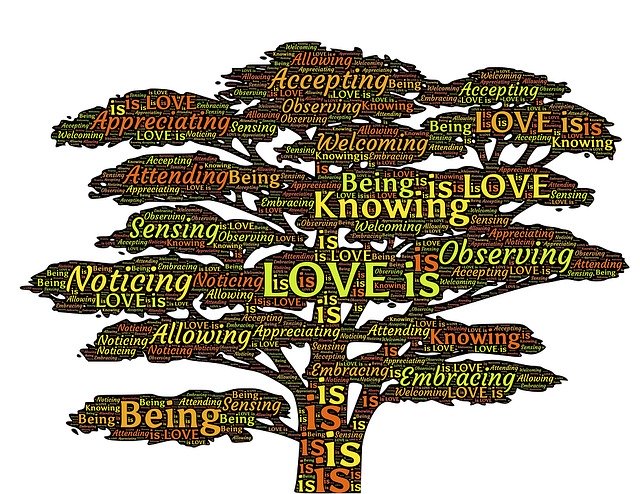On February 17th, I attended a presentation discussing Professor Dorsey and Professor Diaz’s new book concerning the border wall at the U.S.-Mexico border. They’re lecture focused on how recent immigration reform is designed to create suspect citizens and how its physical existence affects land, families, and culture. I have an intimate relationship with immigration, being born and raised in an immigrant community, and have stayed up to date with news on immigration. However, I was unaware of its interference in nature preserves and the fact that at some points, it is 2 miles NORTH of the Rio Grande, the actual borderline. Media presents the border as a dangerous, desolate landscape rather than the home of diverse ecosystems and communities. They don’t show the reality of “raja”, which translates to the act of splitting, tearing and scarring.
Our country’s southern border has become the site of a political power struggle between local and federal governments. The professor’s book is compiled of case studies regarding how the region has become affected by the wall. This includes testimonies from citizens who do not have the right to challenge the militarization of the border. One story Professor Dorsey shared was about her taking worldwide visitors to a part of the wall with a gate (this was a region two miles away from the actual border). These visitors were fearful of crossing the gate, because they didn’t want to enter Mexico. They were intimidated by the border patrol hovering with a machine gun and had a silent understanding that the wall was a sign of oppression. By the end of the lecture, it was evident that the border region is a constitution-free zone and learned of a common phrase legislators had begun telling civilians affected by wall construction “If you don’t like the wall, we’ll build it North of you.” At the conclusion of the event, the audience left with a new perspective of the border wall, its representation of raja on all levels, and how our government is allowed to test the elasticity of the US Constitution.



